Monday, August 9, 2021
What is B2B sales? Sales leaders, sales professionals, and even seasoned sales executives continuously seek to understand the sales process, learn strategies and develop best practices to win more B2B customers.
Why this constant thirst for knowledge?
Advancements in technology, shifting buyer expectations and a growing desire for a simplified buying process are changing B2B sales. According to predictions by Forrester, these changes are continuing to increase the complexity of B2B sales.
If you’re selling business-to-business and wondering “how do B2B sales work” or “how can I sell more business to business,” you’ve come to the right place.
What Is B2B Sales?
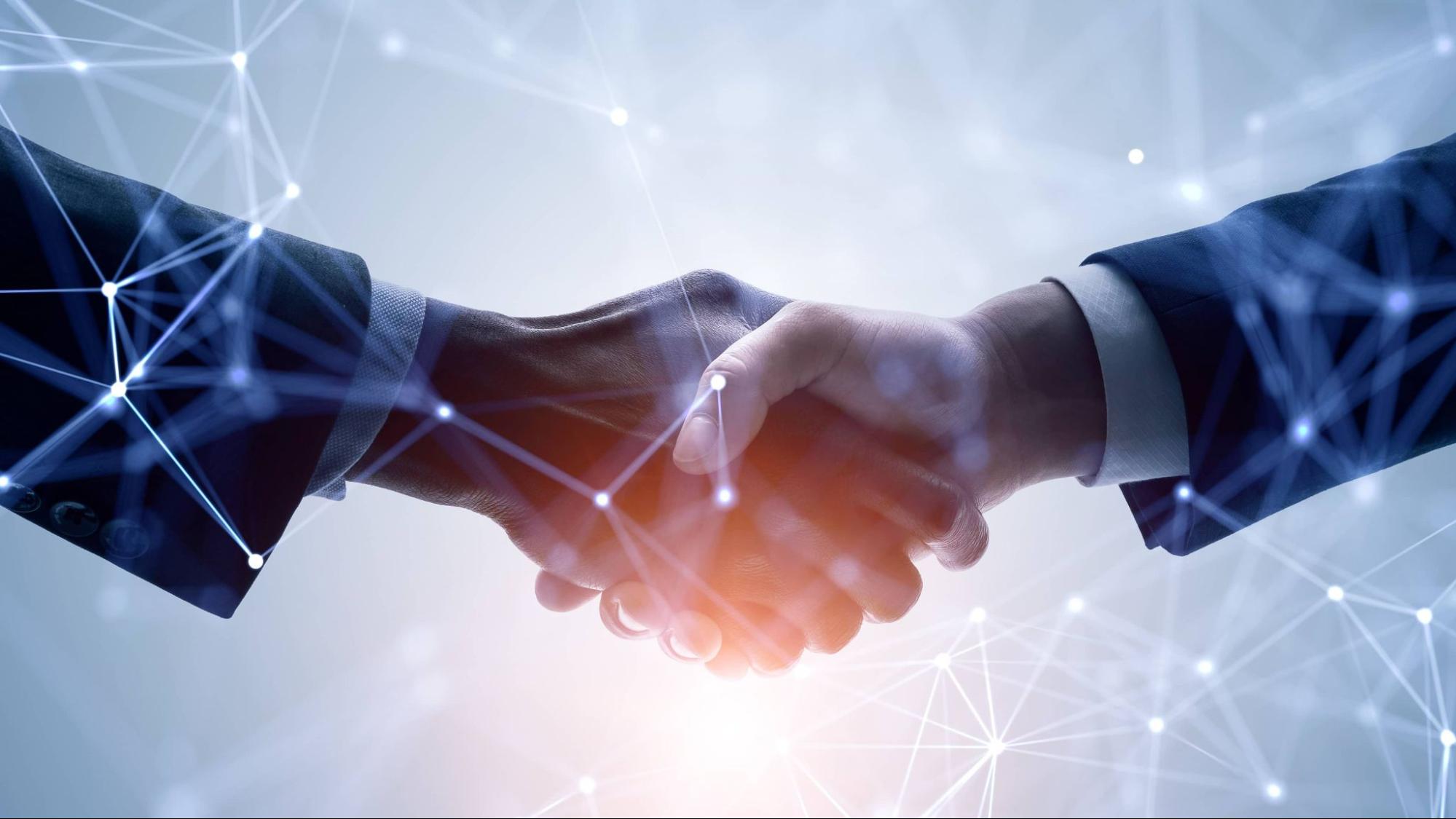
The term B2B, or business to business, refers to an exchange between two businesses. Business-to-business sales also referred to as B2B sales or just business sales, is the sale or exchange of goods or services between companies or entities.
What is an example of B2B sales? Some typical examples include:
- Manufacturers that sell products to other manufacturers or retailers.
- Professional service firms that sell to other companies.
- Engineering firms that sell technical services to other companies.
- IT firms that sell software and services like cybersecurity to other companies.
What Is the Difference between B2B & B2C Sales
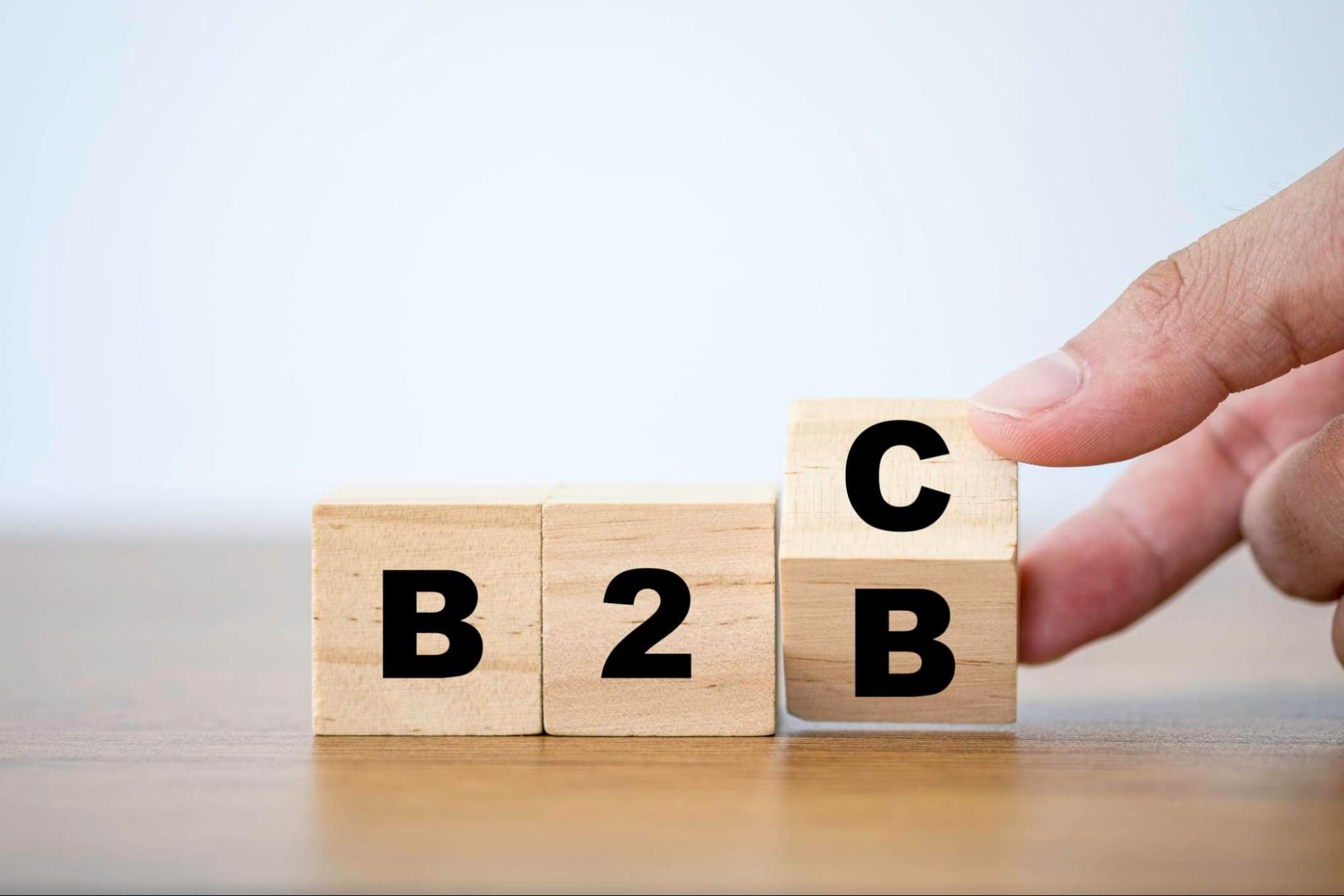
In business-to-consumer (B2C) sales, companies sell products and services directly to consumers, rather than to other businesses. Car dealers selling cars to consumers, restaurants selling food service to patrons, or hotels selling room nights to travelers are all examples of B2C sales.
Companies who sell B2C can also sell the same or similar products or services to other businesses, meaning they sell both B2C and B2B. For example, a car dealer might sell a car to a consumer and then sell several cars to a car rental agency; a restaurant might serve lunch to several patrons, but then deliver a buffet lunch to a local business.
Some of the key differences between B2B and B2C sales include:
- Who is considered a target customer.
- Who the ultimate decision-maker is.
- How to reach the decision-maker.
- The decision-making process.
- The processes by which products or services are marketed and sold.
- How payment is invoiced and received.
Why B2B sales are typically a more complex sale than a B2C sale:
- Increased difficulty in identifying and reaching the key decision-maker.
- The decision-making process involves more people.
- A longer sales cycle on account of more people and competing priorities.
- Volume or purchase transaction sizes that are typically larger.
- Increased risks associated with the sale as a result of the factors listed above.
What Is the B2B Sales Process?
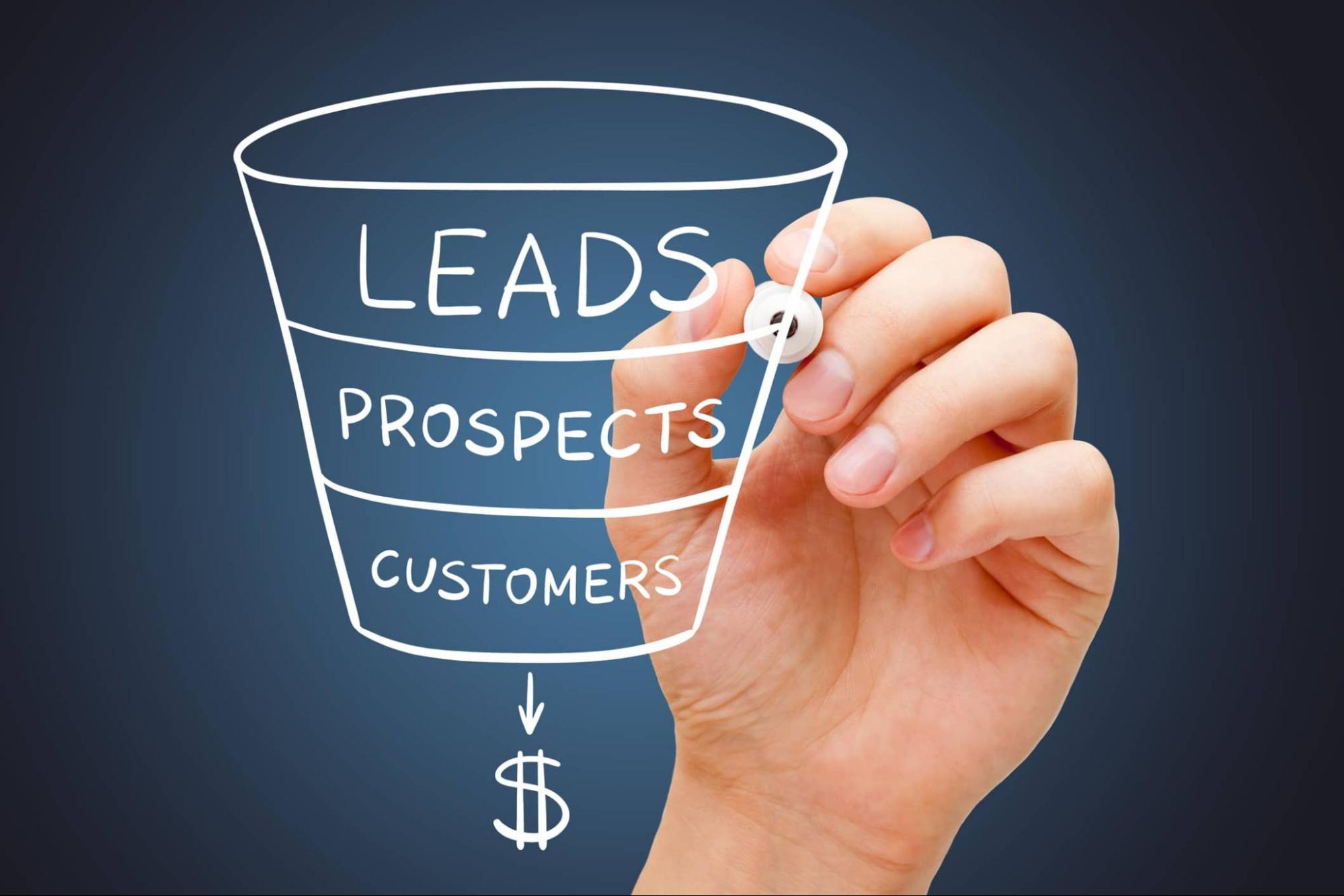
The B2B sales process, or sales cycle, contains 10 essential steps. A proactive sales professional constantly works to improve their effectiveness in each of these areas.
Identify Your Ideal Buyer
It’s important to clearly understand who it is that you are attempting to sell to. What type of company are they working in? What’s their position in the company? Where are they located geographically? Being clear on who our ideal buyer is prevents us from wasting time finding and connecting with people who can’t or won’t buy from us.
Gain Your Buyer’s Attention
How can you get in front of your ideal buyer? Today’s buyers are busy and easily distracted. It’s important to identify where they spend their time, what websites they visit, what they read and what events they attend. Armed with this information, we can then identify the best options to get in front of them and gain their attention.
Prospect
Identify how you can best connect with your buyers. Can you engage them through social media? Are in-person meetings an option? Would it be better to reach out to them via telephone or email? The more time you invest in prospecting, the greater your chances of connecting with your ideal buyers.
Qualify Your Buyers

Once you connect with a buyer, you’ll want to confirm they match your ideal buyer profile created earlier. It’s at this point the buyer enters your sales funnel and you can begin to engage with them to identify the best techniques to make the sale.
Assess Your Buyer’s Needs
Once you’ve qualified your buyer, you’ll then want to learn more about their current pain points, struggles, and challenges. Use questions strategically to determine what kinds of challenges they are facing and what solutions they’ve attempted to date.
Present Solutions and Demo
The key to success in presenting solutions or doing demonstrations for your buyer is to inform your buyer of options. Today’s highly discerning buyer isn’t willing to accept a “take it or leave it” sale. Instead, they like to hear options that they can select from.
Next, you will determine how to best present your product or service using the Good, Better, Best formula and you’ll increase your chances of closing the sale.
Provide Social Proof
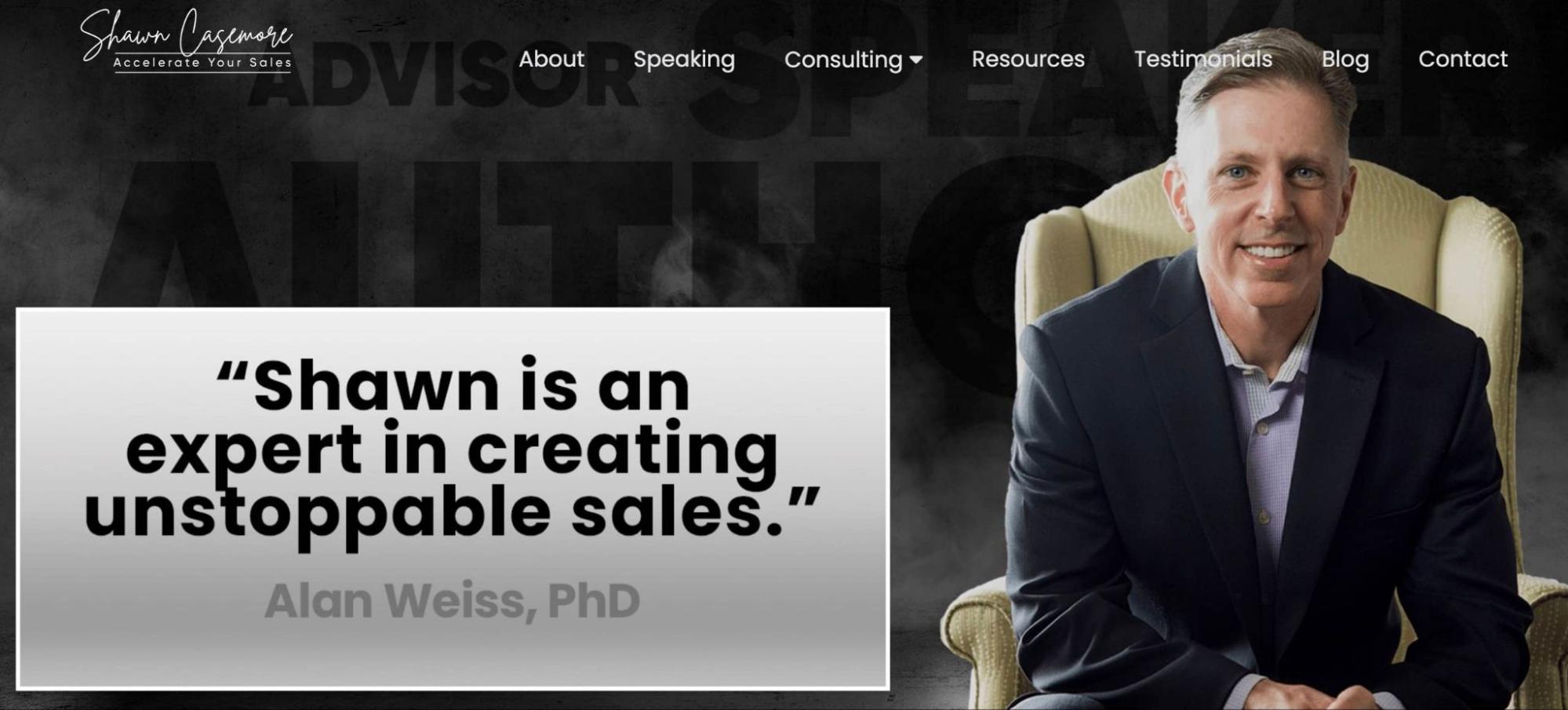
Buyers today spend at least 50% of their time researching solutions. For this reason, the more social proof you can share that validates how your product or service has helped others just like them, the better. Consider using social proof, including customer testimonials, reference letters, and case studies at minimum.
Provide a Proposal
If you’ve done a good job at demonstrating the value of your product or service, and you’ve supported it with plenty of social proof, your buyer should be eager for a proposal. The key is to keep your proposal or quote simple and incorporate language similar to the language your buyer shared during the needs assessment. The closer your proposal aligns to your discussions, in easy-to-understand language, the greater your chance of making the sale.
Follow Up
This is the most critical component to making a B2B sale. Buyers today are busy, so the key to making a sale is in the frequency of your follow-up. Always agree on a clear next step, including a date on which you’ll follow up, and then follow up as promised. Vary your approach between email, phone, text, and social media to ensure you don’t become annoying but get the attention of your buyer.
Deal with Objections
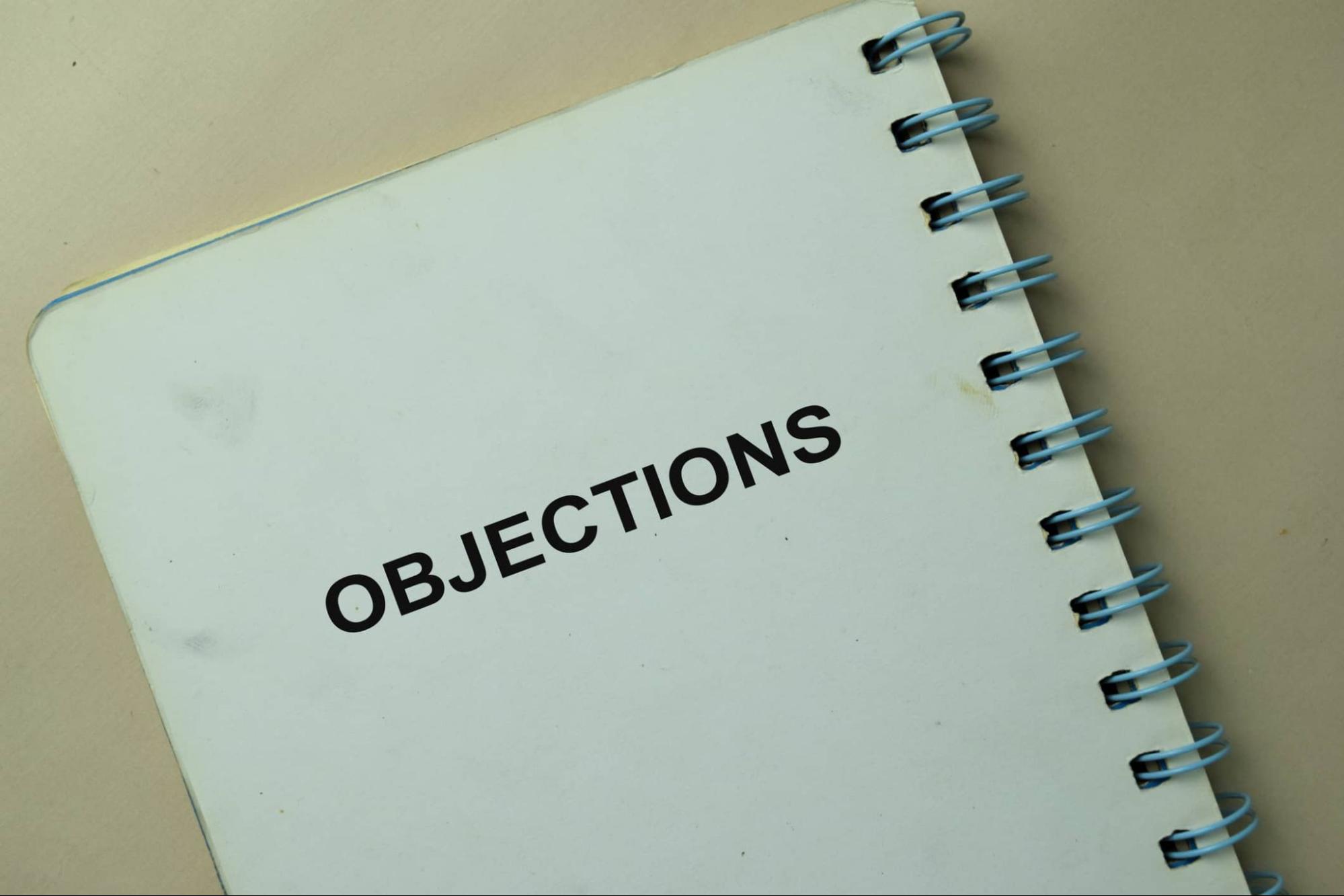
Invariably buyers in B2B sales will raise objections. However, if you’ve taken all of the steps listed above, you should have very few to contend with.
Overcoming objections begins by ensuring you understand your buyer’s concern, and then working with them to overcome it. Walking away or using a take-it-or-leave-it approach is the best way to lose the sale.
Close the Deal
The last step in the B2B sales process is to close the deal. Do this by using a series of micro-questions throughout the conversation. Common topics include assessing the fit of your product or service; assuring your buyer of your commitment to their success; and asking the buyer how they would like to move forward.
Mastering the B2B Sales Funnel
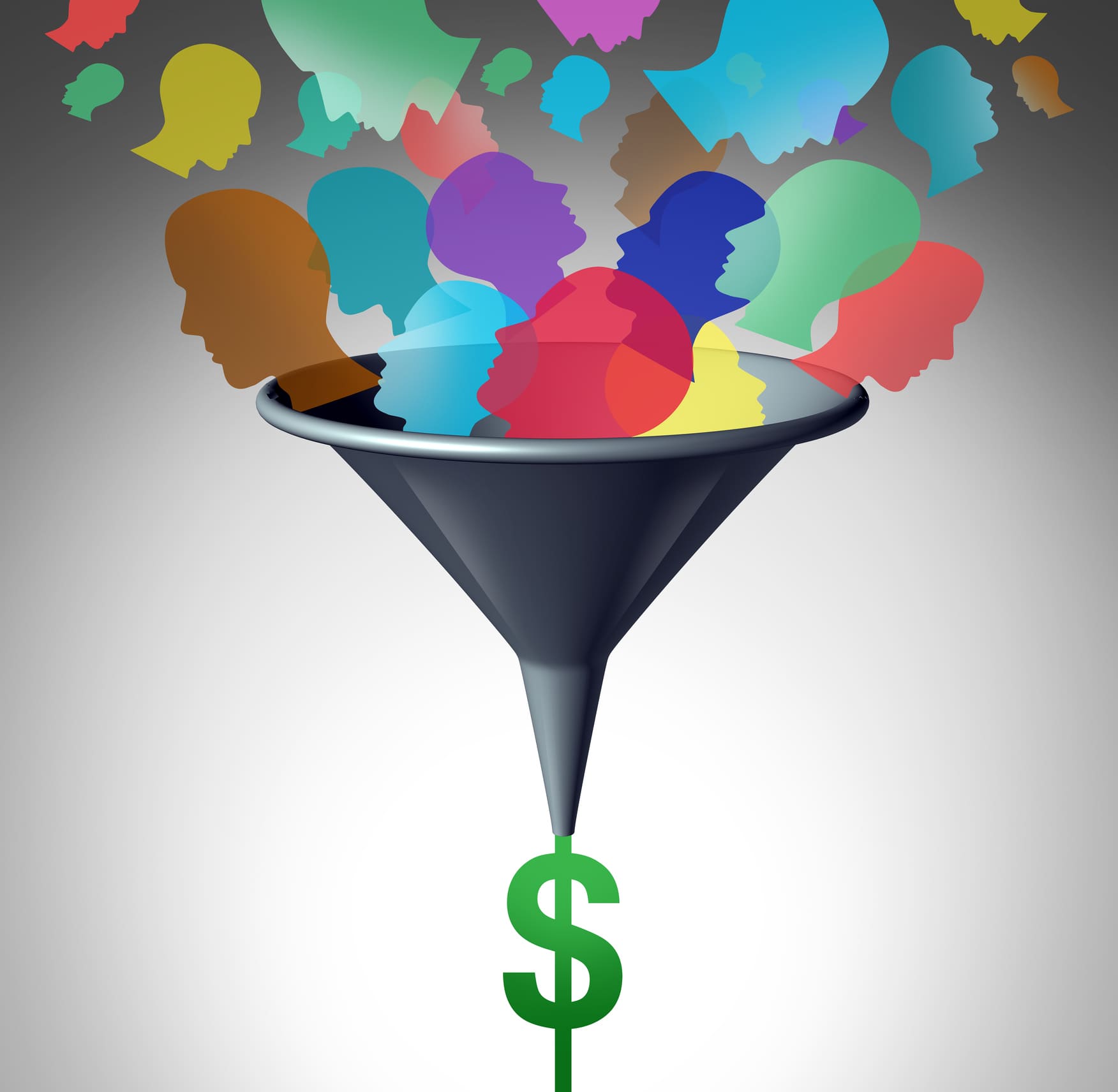
When the buyer enters your sales funnel during the qualification stage, it’s important to be clear on the exact steps to take to ensure you have the opportunity to sell to them. An effective sales funnel consists of eight steps:
Problem
The buyer identifies a problem.
Research
The buyer begins researching for possible solutions or support to alleviate the problem.
Awareness
The buyer first becomes aware of a solution that might resolve their problem.
Interest
The buyer becomes interested in learning more about companies that can resolve their problem and the solutions those companies provide.
Dialogue
The buyer will often engage with multiple companies (typically through their salespeople) to learn more about the product or service.
Evaluate
After the buyer has engaged, they evaluate the information or offer they were provided against other information or offers.
Decide
The buyer decides how they will proceed in one of several ways:
- Accept an offer that they were provided.
- Negotiate an offer they were provided to get better terms, price, and/or value.
- Inquire to learn more about a specific offer.
- Continue seeking other potential solutions (unsatisfied with what they’ve found so far).
- Determine the investment is not worth pursuing and decide to live with their problem.
- Identify internal resources to resolve the problem.
Purchase
If the buyer decides to pursue an offer, they will purchase the product or service.
Introduce
The product or service is introduced, and the buyer monitors to determine if it resolves the issue as promised.
The Essential B2B Sales Techniques
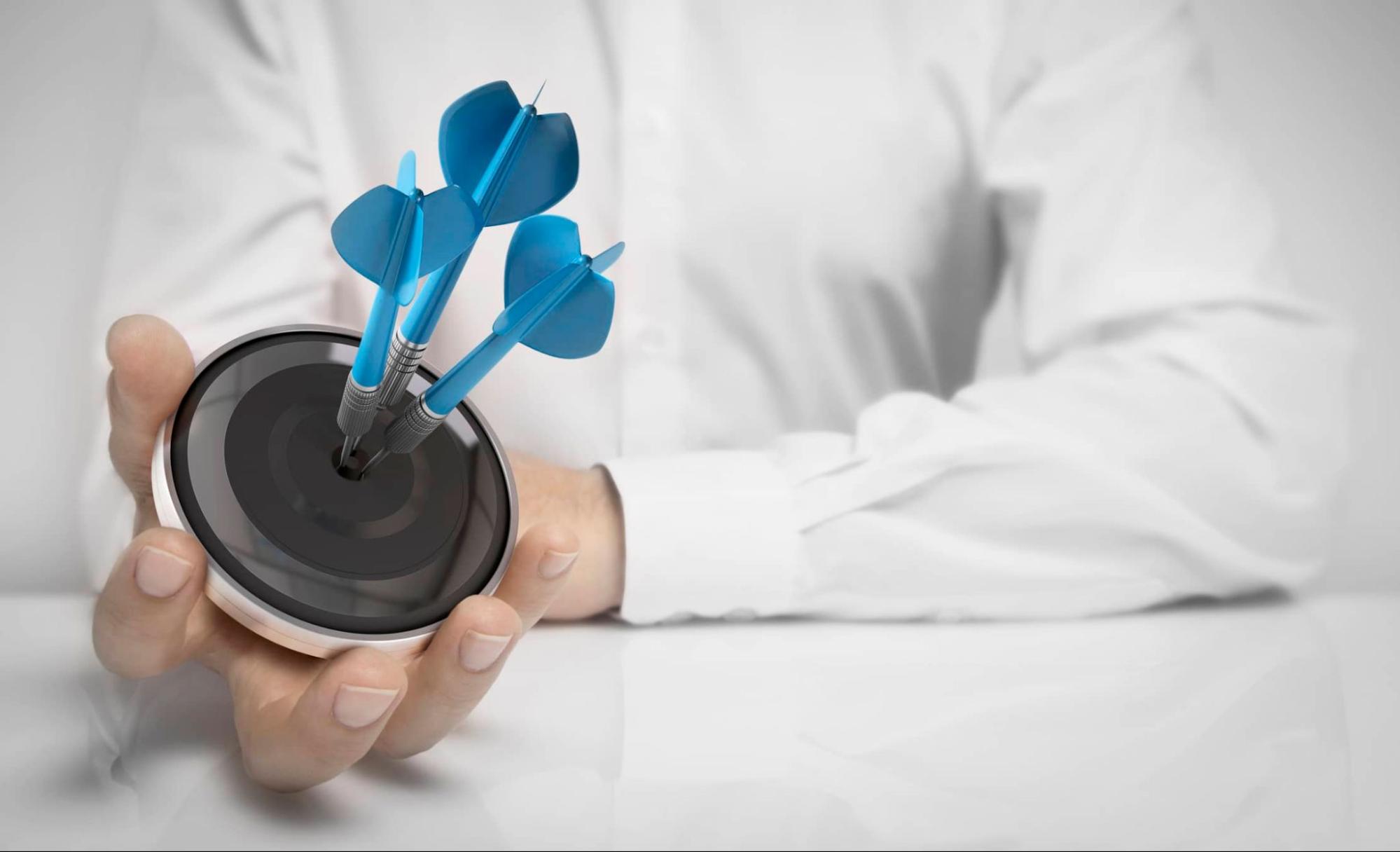
Depending on industry or sector, there are various types of B2B sales techniques that can be used to convert leads into paying customers. Some techniques are evergreen, whereas other approaches are introduced as industries, buyers, and technology mature.
Some of the most popular sales techniques include the following:
- Value-Based Selling — leading with value to attract new customers.
- Social Selling — using social media to support selling.
- Account-based Selling — aligning sales and marketing.
- SPIN Selling — Situation, Problem, Implication, Need-Payoff.
- Referral Networking — pursuing and obtaining referrals to new customers.
- Cold (and Warm) Calling — reaching out to start sales conversations.
- The Challenger Sale — provoking buyers to move away from the status quo.
- Solution Selling — leading with the problem, not the product.
Critical Steps for a Successful B2B Sales Experience

Being successful in B2B sales involves more than selecting a technique. Sellers must focus on consistently connecting with new buyers and always ensuring they understand how their product or service can add value and solve the buyers’ problems.
A successful B2B selling process includes the following steps:
Research to understand who the ideal buyer is. The more you know about your buyer, the better opportunity you have to engage with them, build a relationship, recognize their problems, and relate to their circumstances.
Ask strategic questions of your buyers to learn about their unique circumstances. Ask open-ended questions in the initial discussions to learn, and then use closed-ended questions as you near the objection and proposal stage to keep the dialogue moving forward.
Actively listen to your buyers. It’s one thing to ask questions, but you’ll need to listen carefully if you’re to learn about what your buyer needs, when they need it, and why it’s valuable to them. As the old saying goes, we’re given two ears and one mouth for a reason.
Prepare for challenges and objections presented by your buyer. If a buyer objects, it’s a sign of interest in your product or service. If they weren’t interested, they’d walk away, hang up the phone or delete your email. When you are prepared for challenges and listen intently, you’ll know what to say and when to say it.
Educate your buyers. Remember that your buyers live in their world and don’t always understand what solutions may exist in the market. Be sure to educate your buyers on possible solutions to their problems, and then introduce your products or services as part of the ideal solution.
Follow up and close the deal. Too many sales professionals fail to close the deal. They send a proposal or contract and then don’t follow up. To be successful in B2B sales, you need to constantly be following up and attempting to close. Don’t stop until you are either told to leave or the deal is closed.
How Is B2B Sales Changing?
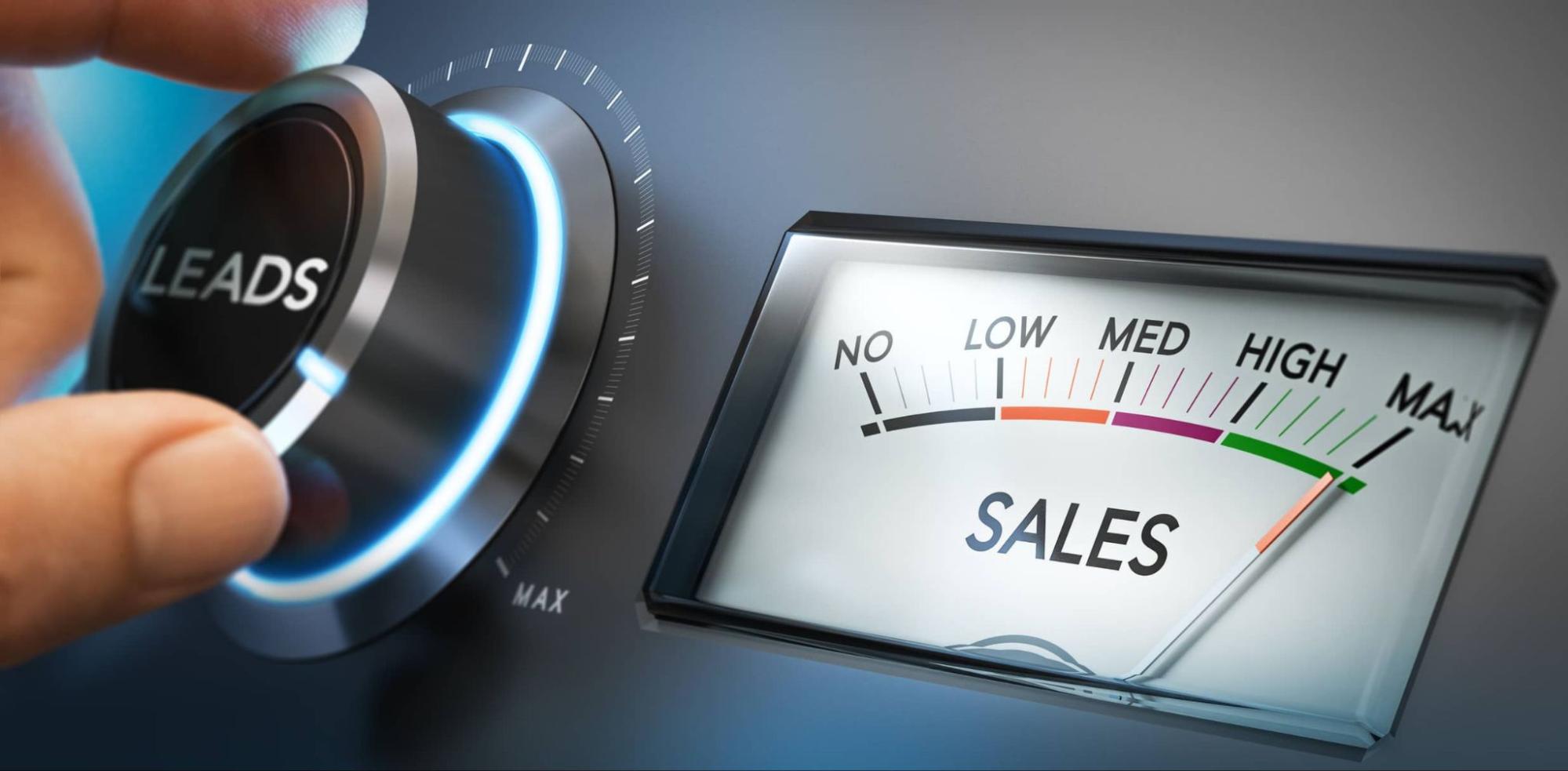
As technology advances and B2B buyers become more educated, the B2B buying process is changing. A recent study by Gartner suggested that today’s buyers spend nearly 50% of their time researching, and then only 17% of their time meeting with sales professionals. It’s for this reason that changes in how we approach and manage the B2B sales process are important.
Key areas that support a future-proof buying process include:
Account-based sales strategies to more closely align the efforts of marketing and sales and to ensure buyer research creates opportunities for sales to engage.
Sales-enablement tools that speed up the sales process, including CRM. (customer relationship management) software to manage sales content and make recommendations, as well as sales intelligence software that can support and enhance the research and prospecting phases.
Sales dialers to allow greater reach and improve the productivity and capacity of existing sales professionals in connecting with potential buyers.
Guided selling solutions, which improve the productivity of your sales team by allowing them to filter selections and options. This ensures a more valuable and productive presentation to prospects and creates greater credibility for salespeople who often fumble through data when asked questions, ensuring they find the right response.
Real-time coaching, which can take the form of video coaching and real-time training tools for sales professionals to use when they need them.
What Is the Future of B2B Sales?
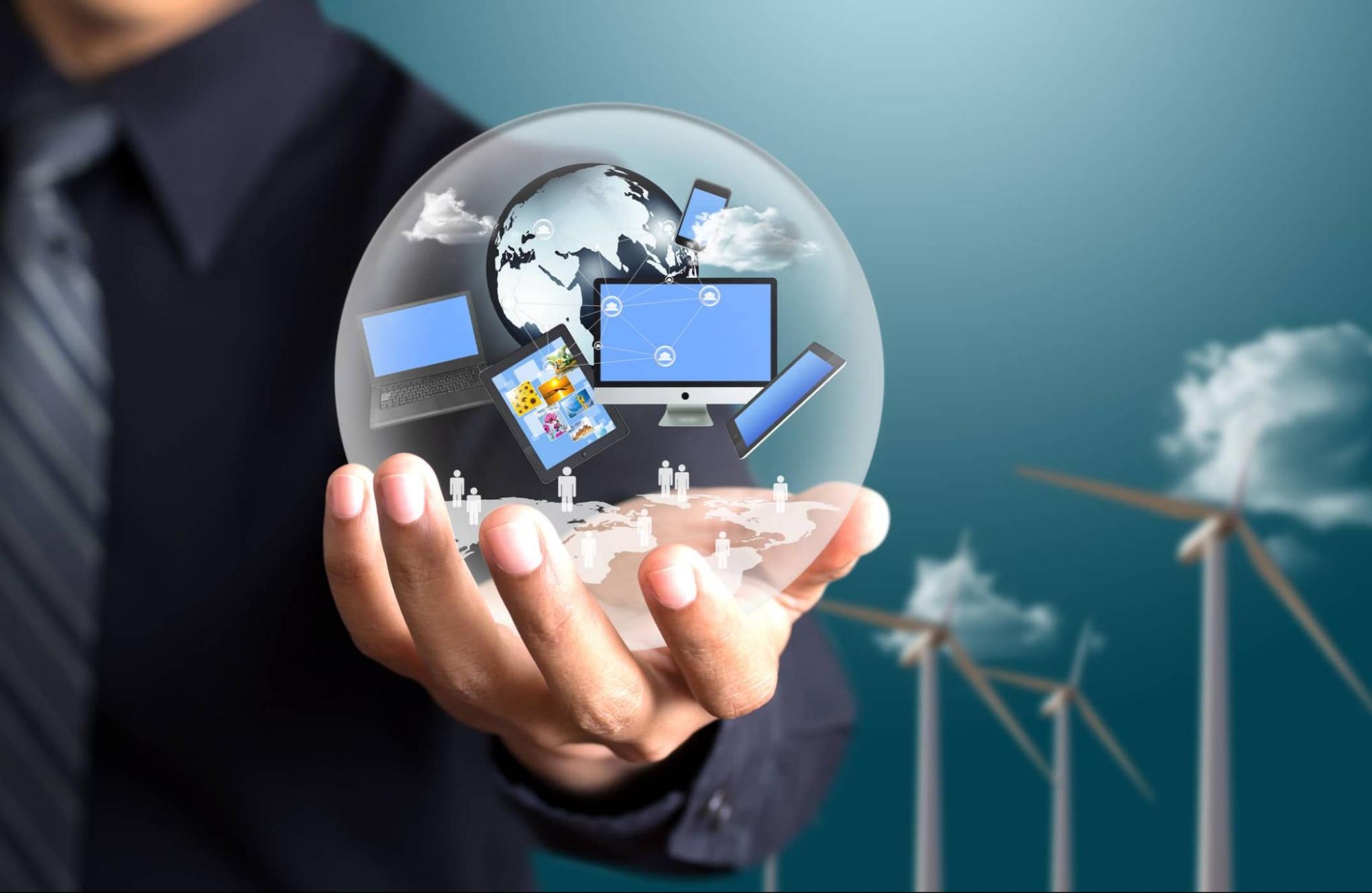
Technology advancements, increasingly complex corporate decision-making processes, and growing demand for simplified, self-service buying options are changing the B2B buying landscape.
Additionally, as CRM and sales-enablement software become more accepted as part of the sales process, sales professionals will have greater access to information and insights in real-time.
These shifts towards a more buyer-enabled B2B sales process will result in sales professionals shifting into a sales concierge role, helping buyers along their buying journey, rather than just attempting to sell them something.
So what are the next steps you will take to win more customers in B2B sales?
Next Steps?
Would you like to accelerate your B2B sales results?
If so, check out my Sell More With Casemore podcast or any of my books.
Alternatively, if you want more in-depth support, check out some of my coaching programs here.
What Is Your First Step in Locking In B2B Sales Success?
How can you win more customers in B2B sales?
The strategies listed above are your ticket to unprecedented long-term success in selling.
Whether you are just getting started selling B2B or you are a seasoned veteran, adopting these best practices and incorporating technology to enhance your sales process will place you ahead of your competition.
What will be YOUR first step towards success as a B2B sales professional?
© Shawn Casemore 2021. All Rights Reserved.